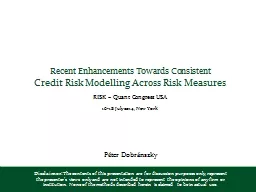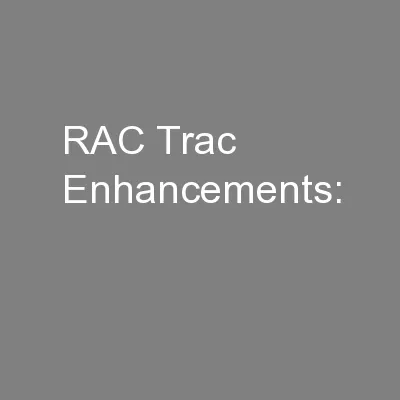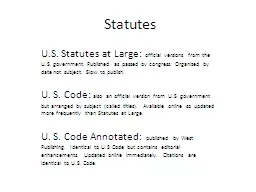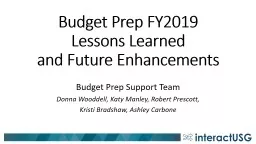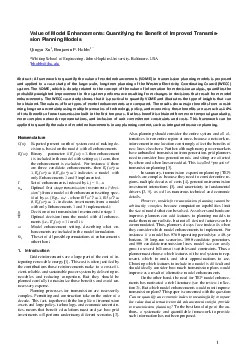PPT-Recent Enhancements
Author : olivia-moreira | Published Date : 2017-04-08
T owards C onsistent Credit Risk Modelling Across Risk Measures Disclaimer The contents of this presentation are for discussion purposes only represent the
Presentation Embed Code
Download Presentation
Download Presentation The PPT/PDF document "Recent Enhancements" is the property of its rightful owner. Permission is granted to download and print the materials on this website for personal, non-commercial use only, and to display it on your personal computer provided you do not modify the materials and that you retain all copyright notices contained in the materials. By downloading content from our website, you accept the terms of this agreement.
Recent Enhancements: Transcript
Download Rules Of Document
"Recent Enhancements"The content belongs to its owner. You may download and print it for personal use, without modification, and keep all copyright notices. By downloading, you agree to these terms.
Related Documents

